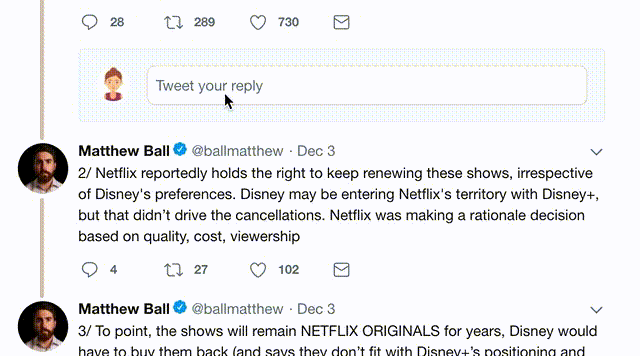First, I’m flattered to have 3 articles relied upon by the court. This highlights my special skill of picking fantastic co-authors, including @geoffmanne @lmedwards_ & Judge Ginsburg. (1/x)
But there is an important debate here.
(11/x)

CA9 found persuasive QC's procompetitive justification for licensing at the OEM level only.
A final word about exclusivity. The FTC alleged QC’s 2013 deal w Apple foreclosed a substantial share of the CDMA market.(19/x)
Back to Shark Week. END.
(24/24)




